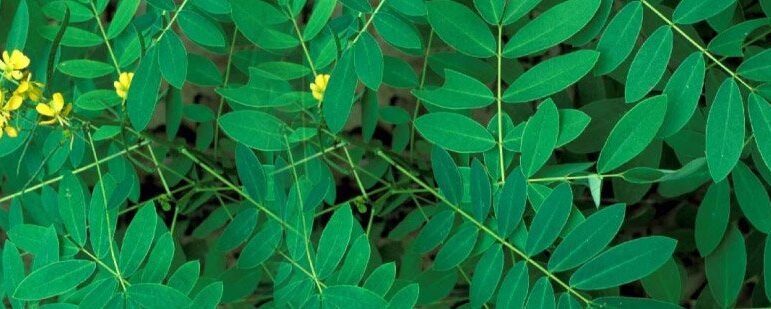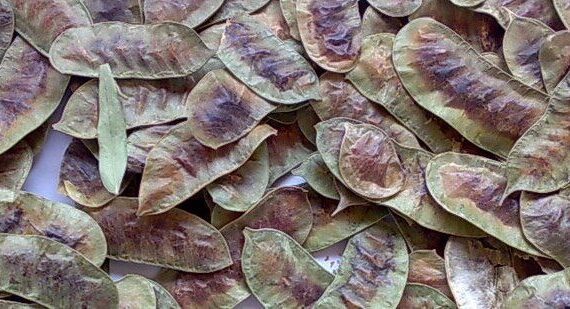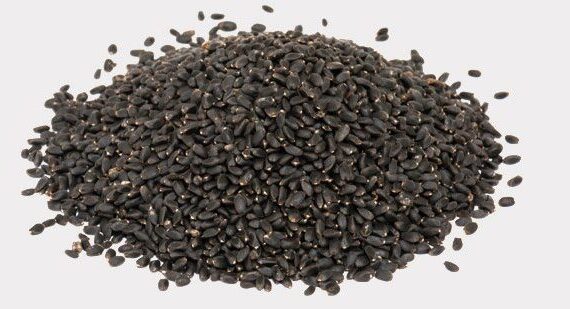🌿 Premium Senna Leaves (Cassia Angustifolia) Exporter
JFT Agro Overseas LLP offers top-quality Senna Leaves (Cassia Angustifolia) from India, a natural herb widely used for its laxative properties and in Ayurvedic formulations. Senna leaves stimulate bowel movements by interacting with digestive bacteria through anthraquinone derivatives known as Sennosides A, B, C, and D.
📌 Overview of Senna Leaves
- Herb, shrub, or tree; leaves pinnate with opposite paired leaflets
- Inflorescences in racemes, yellow flowers with 10 stamens
- Both leaves and pods used for their laxative effects
- Pods are less potent than leaves but still medicinally valuable
- Widely cultivated in India (Tamil Nadu, Gujarat, Rajasthan)
📌 Cultivation & Harvest
- Sowing seasons: Feb–Mar & Jul–Nov
- Leaves harvested four times at 45-day intervals
- Harvested leaves used for non-prescription medicines, herbal supplements, and teas
📌 Specifications of Senna Leaves
| Parameter | Specification |
|---|---|
| Botanical Name | Cassia Angustifolia |
| Local Name | Senna |
| Size | PRIME 5, PRIME 2, PRIME 3 |
| Colour | Light Green |
| Organophosphorus Residue | Not Detected |
| Pyrethroid Residue | Not Detected |
| E-coli | Absent |
| Loss on Drying | 7% Max |
| Total Ash | 7.8% Max |
| Acid Insoluble Ash | 2% Max |
| Packing | 50 / 80 / 100 Kg Bales |
| Sennoside Content | 2.5% Min |
📦 Container Capacity
| Container Type | Quantity (MT) |
|---|---|
| 20′ FCL | 11 |
🌍 Export Destinations
 Vietnam
Vietnam Japan
Japan Germany
Germany China
China United States
United States Philippines
Philippines Egypt
Egypt Spain
Spain Poland
Poland
✅ Why Choose Senna Leaves from JFT Agro Overseas LLP?
- Transparent communication about product specifications
- Direct management involvement in shipments
- Stringent sourcing and quality checks
- Experience exporting to 16+ countries
- Customer-focused service without sales pressure
🛡 How to Select a Genuine Exporter of Senna Leaves
- Verify company presence, experience, and export track record
- Check product sourcing, quality, and pricing transparency
- Physical visits or video calls, Google verification recommended
- Trade show participation indicates credibility
📊 Export Analysis
- Total value exported from India: USD 23,250,721
- Total quantity exported: 30,220,526 Kg
- Top importers: Vietnam, Japan, Germany




